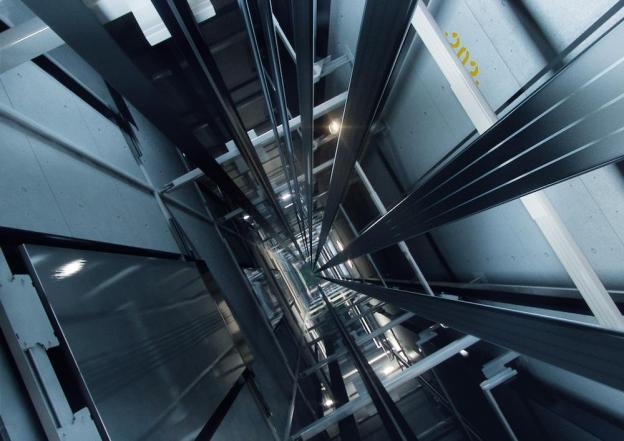
There’s a constant race between cities and countries around the world to see who can build the tallest building in their geographical neck of the woods. For the longest time, the Petronas Towers in Kuala Lumpur, Malaysia held that record – only to be shattered by the likes of the Taipei 101, Tokyo Skytree, and of course, the Burj Khalifa. Architects everywhere are now aiming to reach new heights – but no matter how tall those skyscrapers will be, that record won’t hold for too long. Finnish elevator manufacturer KONE has unveiled a new hoisting technology that could allow elevators to travel at twice the distance that’s currently possible.
Traditional elevator hoisters are made with steel ropes. While the material is durable, it’s pretty weighty, which limits elevator travels to a distance between 500 to 828 meters (1,640 to 2,716 feet) above ground – the latter of which is the current height of the Burj. With KONE’s UltraRope, the material is made of lightweight carbon fiber with a high friction coating. The combination allows for a lift that can not only travel farther up, but faster as well.

“KONE’s UltraRope will take elevators higher than they have ever been before. In the future, it can enable travel heights of up to 1,000 meters,” the website estimates. That’s 172 meters/564 feet higher than the Burj Khalif’s Otis elevator, which travels slightly slower than the Taipei 101’s.
The company also boasts other benefits to UltraRope, claiming that the material has twice the lifetime of conventional steel elevator ropes and consumes 15 percent less energy. The technology may be a breakthrough in elevator manufacturing, but we’ll hold onto our stomachs that these rides aren’t just fast, but safe and comfortable.


